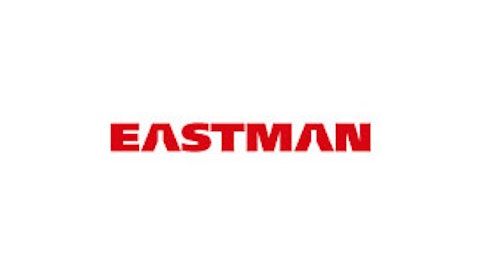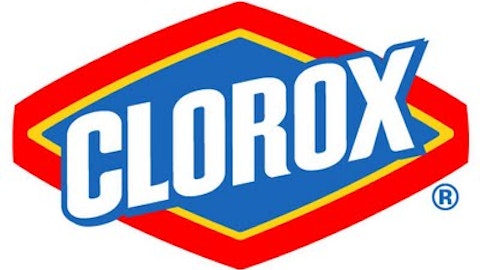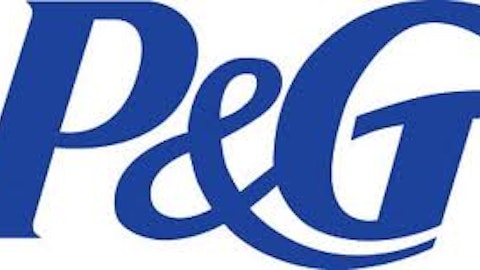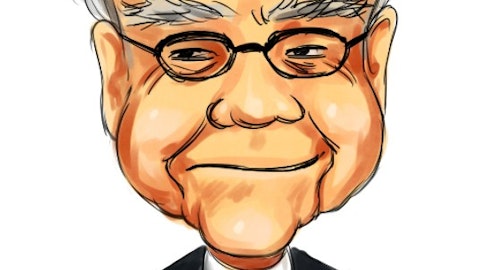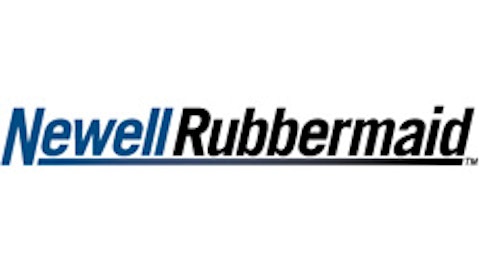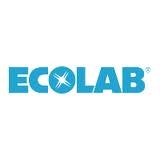
The Global Institutional segment comprises of its cleaning and sanitizing solutions for dish washing equipment, restaurants and grocery chains; its hygiene and disinfection solutions for the medical industry.
Cleaning and sanitation solutions with respect to food processing, water treatment solutions for industrial markets, and pulp processing solutions are part of Ecolab Inc. (NYSE:ECL)’s Global Industrial segment.
Ecolab Inc. (NYSE:ECL)’s Global Energy segment supplies process chemicals to the upstream oil exploration & production industry and water treatment solutions in the downstream refining process.
Pest elimination services and other maintenance services related to foodservice equipment are categorized under the Other segment.
‘Razor and blade’ business model
Most of Ecolab’s products are sold using the ‘razor and blade’ model. For example, for its water segment which accounts for close to a fifth of its fiscal 2012 revenues, Ecolab generates a steady stream of recurring revenues from selling chemicals compatible with the water treatment equipment it installs. Another example is the institutional business segment where Ecolab’s detergents are used in dishwashers found in kitchens restaurants. Its other businesses mostly run on a similar ‘razor and blade’ model, where typically an initial sale of equipment leads to consistent sales of consumables to be used with the equipment.
In addition to recurring revenues, Ecolab Inc. (NYSE:ECL) also benefits from high switching costs with respect to its products. It might be an easy decision for an individual to switch to a new razor brand, but the huge capital investment involved in replacing all of Ecolab’s existing equipment with that of a competing brand is a key deterrent. Moreover, for some of the more complex equipment that Ecolab customers have to incur additional time and effort in retraining their staff for a new set of equipment.
The result of a high customer retention rate is that both investors and management do not face much difficulty in forecasting future revenues. From the investors’ perspective, they will assign higher valuations for Ecolab Inc. (NYSE:ECL), given a lower risk profile and consequently lower beta. There is also a direct positive impact on the profit & loss statement, since management makes fewer mistakes in budgeting, minimizing the risk of overspending.
Company sells ‘need to have’ products
Ecolab offers hygiene, disinfection, instrument cleaning services to dentists and doctors, which are a matter of life and death for patients. It is not uncommon to read about patients suffering from complications, even dying, because of infected instruments. At the very minimum, healthcare companies cannot afford any damage to their reputation as a result of hiccups like this. Given that the quality of products matters for many of Ecolab’s customers, it just does not make sense for them to switch providers over pricing issues.
While Ecolab Inc. (NYSE:ECL) has about a third of its customer base made up of cyclical companies in the foodservice and hospitality industries, the direct impact of any slowdown on its sales is limited. Restaurants and hotels are likely to do less cleaning, simply because it is doing less business. Ecolab’s dishwashing and laundry services are needed at all times and not that much affected by the financial results of their clients.
Growth drivers
Ecolab completed its acquisition of Champion Technologies, a Texas based shale company in April 2013, with the aim of enhancing its upstream exposure in North America. Management expects the Global Energy segment to increase its proportion of total revenue from 17% to 26% with the inclusion of Champion Technologies. I am confident of management achieving expected cost synergies of $150 million by the end of 2015, given its previous track record of surpassing its initial cost synergies with the Nalco acquisition two years ago.
